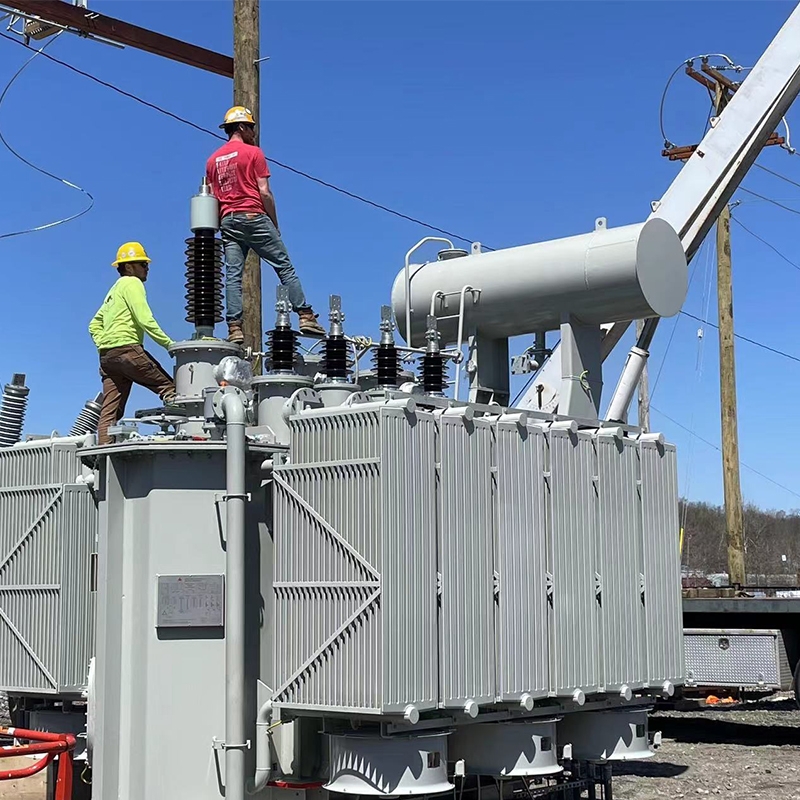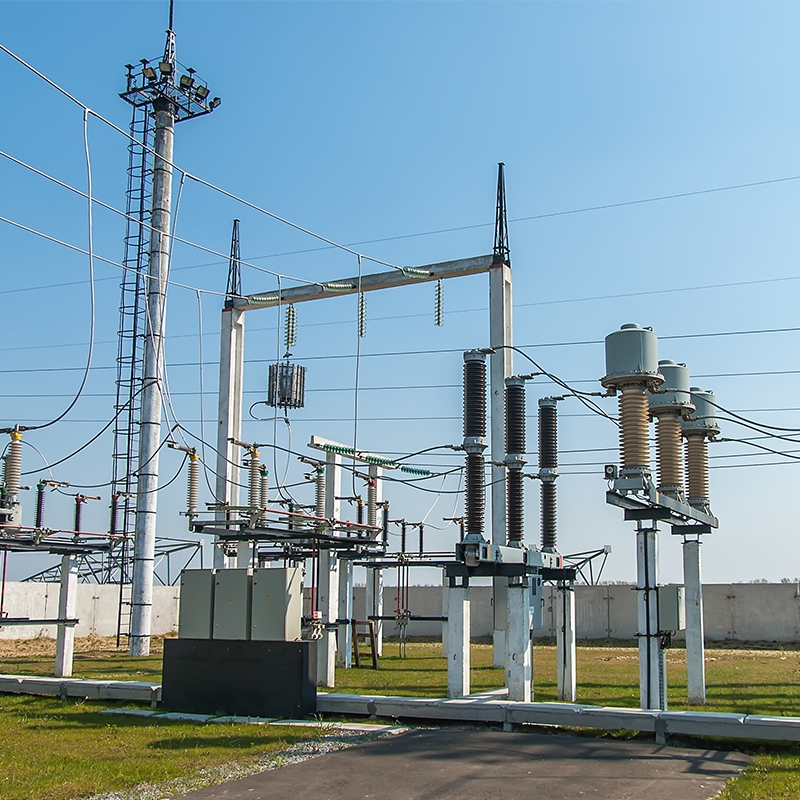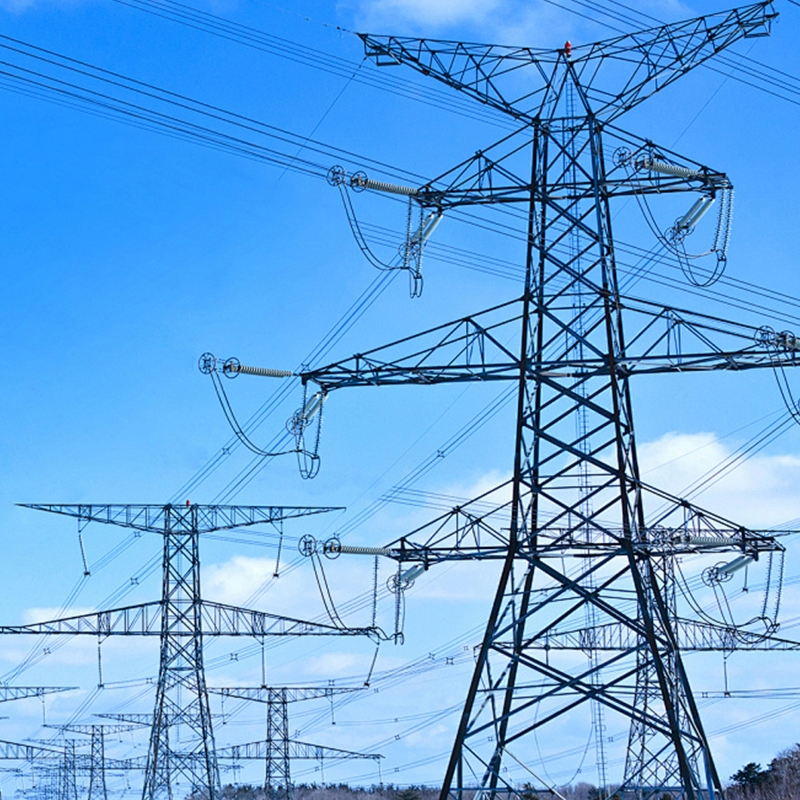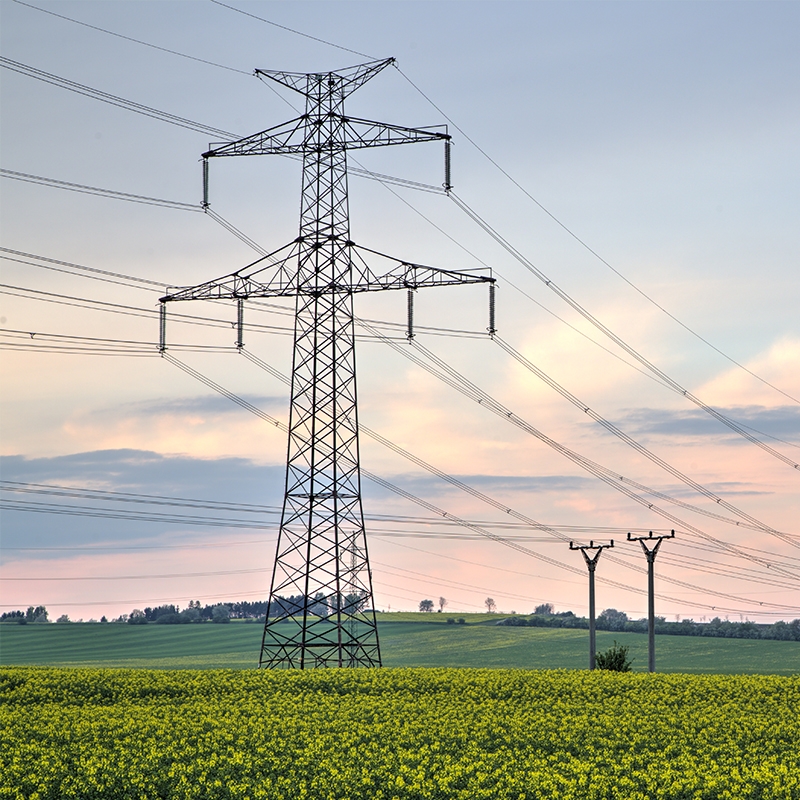Why is it necessary to adjust the transformer gear?
Voltage variation on the high-voltage side
When the voltage on the high-voltage side of the power grid deviates from the rated value due to reasons such as transmission distance and system load (for example, the actual voltage of a 10kV system is 10.5kV or 9.5kV), it is necessary to adjust the transformer's gear position to change the transformation ratio (the ratio of the number of turns on the high-voltage side winding to that on the low-voltage side), so as to maintain the output on the low-voltage side at the rated value (such as 400V). For instance, when the voltage on the high-voltage side is too high, select a higher gear (such as 1 gear corresponding to 10.5kV), increase the number of turns in the high-voltage winding, and reduce the transformation ratio, thereby reducing the increase in the voltage on the low-voltage side.
2. Requirements for voltage qualification rate
According to national standards, the voltage qualification rate is an important indicator of power quality. By adjusting the gear, it can be ensured that the voltage fluctuation does not exceed the allowable range of ±5%, avoiding equipment damage or efficiency decline caused by excessively high or low voltage.
Second, adapt to load changes
1. Impact of load fluctuations
During peak electricity consumption periods, a sudden increase in transformer load can cause the voltage on the low-voltage side to drop (for example, from 400V to 380V). At this time, the gear should be adjusted to a lower ratio gear (for example, from gear 3 to gear 4), and the number of turns in the high-voltage winding should be reduced to increase the voltage on the low-voltage side. Conversely, during low-load periods, the voltage may be too high and needs to be adjusted in the opposite direction.
2. File retrieval rules
Follow the principle of "high to high, low to low" :
If the voltage on the high-voltage side is too high: Adjust to a higher gear (such as gear 1), increase the number of turns in the high-voltage winding, and reduce the transformation ratio.
If the voltage on the high-voltage side is too low: Adjust to a lower gear (such as 3rd gear), reduce the number of turns in the high-voltage winding, and increase the transformation ratio.
Iii. Principles and Implementation Methods of File Retrieval
1. Ratio adjustment mechanism
The formula for the transformer ratio is:
K = N High pressure /N Low pressure. 2. Classification of voltage regulation methods
No-load voltage regulation: It requires power-off operation and is suitable for scenarios where frequent adjustments are not necessary (such as fixedly installed distribution transformers). After adjustment, the DC resistance of the winding needs to be measured to ensure good contact.
On-load voltage regulation: It can automatically adjust under power-on conditions and is suitable for applications with high requirements for voltage stability (such as large industrial power consumption).
Iv. Other Important Roles
1. Optimize power efficiency
Reasonable gear shifting can reduce line losses. Increase the voltage during peak loads to reduce current losses, and lower the voltage during off-peak hours to save energy. 2. Protect the safety of equipment
Excessively high voltage may break down the insulation of the equipment, while too low voltage can cause the motor to overload and overheat. Shifting files can avoid such risks.
V. Summary
Transformer gear adjustment is the core means for the power system to maintain voltage stability and needs to be operated flexibly according to the actual voltage and load conditions of the power grid. No-load voltage regulation is suitable for fixed scenarios, while on-load voltage regulation is more suitable for dynamic demands. When performing specific operations, it is necessary to strictly follow safety regulations such as power-off voltage verification and resistance measurement.




